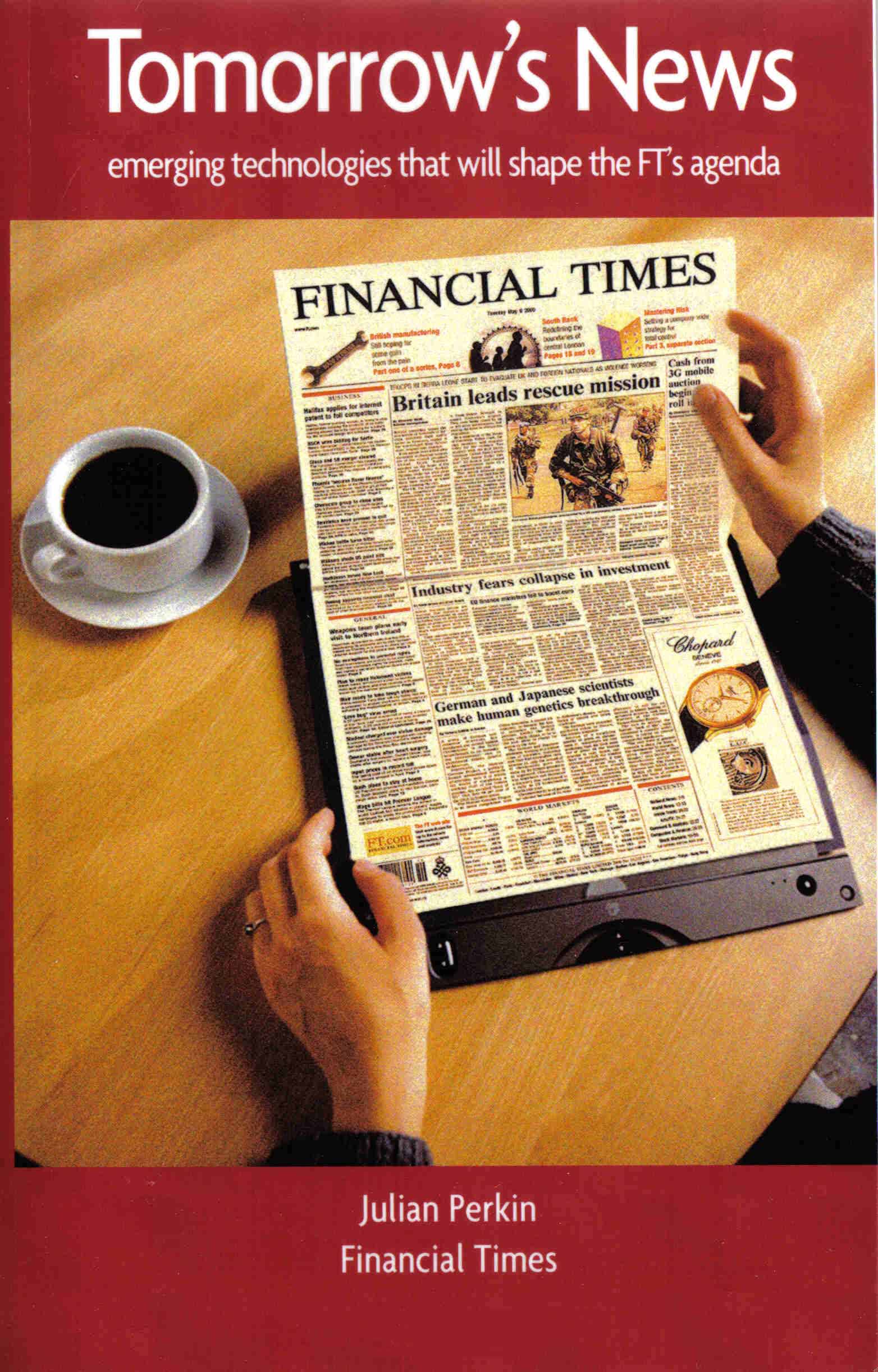 |
The following were the main conclusions, backed up by much
detail and many examples:
-
Printed newspapers and new media will be able to coexist
for
the foreseeable future because their relative strengths and weaknesses
(which are mapped out in detail in the book) are distinct, converging only
very slowly and often complementary, providing opportunities for
publishers to offer complementary services to readers through multiple
channels.
-
My economic analysis showed, prior to the collapse of tech
stocks in March 2000 and despite absurdly high share valuations and
forecasts of explosive growth in new media advertising revenues, that the
business model for publishing news free on-line recouping costs through
advertising and sponsorship was unsustainable. Even if you believed the
massive percentage growth figures forecast for online adverting, they
equated to dollar values that were smaller than the modest growth in
advertising predicted for traditional media. And this was being relied
upon to fund every dot.com, not just traditional publishers and there
would be great competition from online giants of the time such as AOL and
yahoo. So online publishing was, as it remains to a great extent, based on
a weak business model.
-
Barriers to entry for publishing would fall away in the digital age,
so quality, brand and reader loyalty would become
increasingly important for guarding and building market share. Traditional
publisher should anticipate predators from unexpected quarters.
-
Digital printing
and e-paper would would be key
technologies that would be examples of the gradual convergence between
traditional print and online media.
-
E-commerce
provides a conundrum for publishers. It
provides attractive revenue opportunities for publishers to recoup
investment in new media, but it presents several thorny problems. Is it
core business in which they are competent to compete effectively?
Could they end up being effectively in competition with their advertisers?
Above all, will it not undermine and compromise editorial integrity? (ie.
Can you write impartially about companies whose products and services you
are selling?)
- Cross-media publishing solutions and content management
systems are of vital strategic importance enabling publishers to publish
on-line and in print while keeping production costs under control, to
manage greater variation with the product with more targeted advertising
and content relevant to local readers, and to exploit new and growing
revenue opportunities in syndication and content sales.
|
